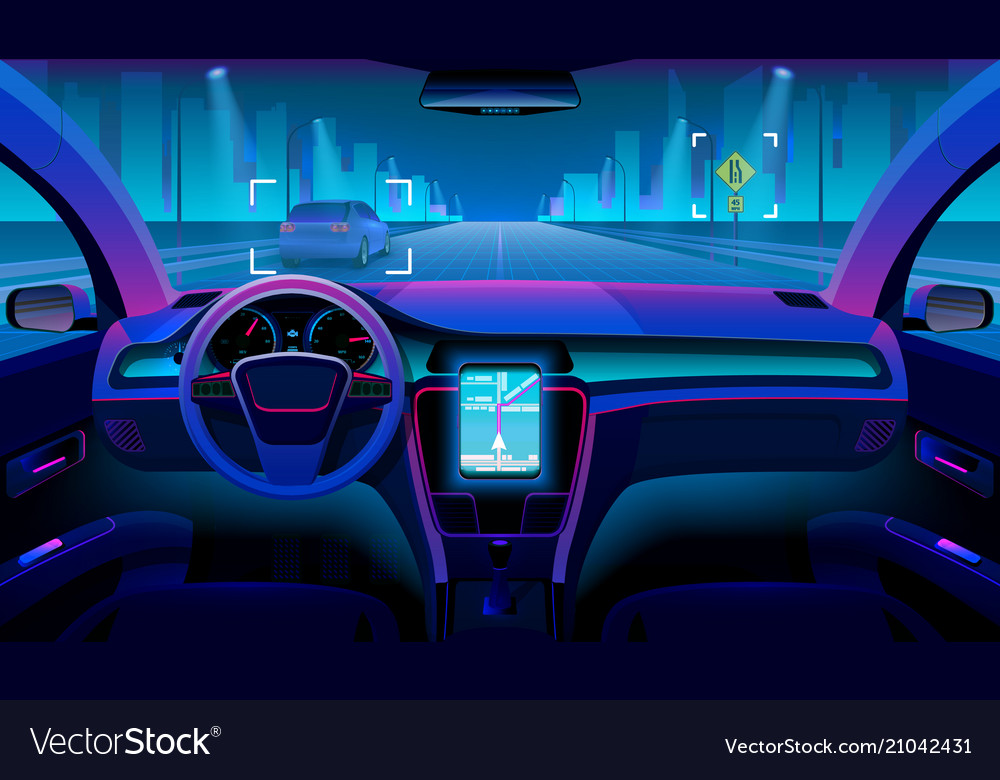The word difficulties or challenges in autonomous vehicles can be coined with skilled labor and also the consumer’s mindset. The market is new for such technology to be handled and also the skills need to be upgraded and trained for such technology to keep it continue.
As per a survey by World Economic Forum in 2018, the top difficulties perceived in such technology were skill gaps in the local labor market, leaderships, and global labor market, opportunities are not understood properly, and short of investment capital. However, the reason cannot be understood regarding the skills.
As the technology is completely based on the modern programmable system that is somehow being already in use by most of the advanced car manufacturers. The sensor technology is already been present in the most developed nation. Is it the training of the right skills creating a gap?
Another challenge noticed in the consumers is the emotions evoked by the self-driving car markets. As per the survey by Capgemini in 2019, the negative emotions recorded are anticipation, fear, anxiety, helplessness (No idea why and for what? It also meant the loss of control), disdain, sadness, and anger.
Some positive emotions shown by the respondents are a surprise, sense of freedom, joy, satisfaction, trust, and confidence. The survey result is from worldwide and the age group selected where 18+. The only country, the United Kingdom, however, showed a lot of positive emotions in terms of being most apprehensive about self-driving cars.
The technical problems cited from hackers for autonomous vehicles and systems need to be secured. I mean no doubt, it’s a great challenge. Also, unexpected situations are considered to be a hindrance to such self-driving vehicles. All the three concerns are recorded with above 70% and show distrust towards such systems.
The location problem is also an area where the market is going to face a challenge. Rural and smaller cities are least likely to show interest in such technology, as per the survey by Capgemini.
Also, the craze has been seen less among the people who are older than 55 years, somehow narrowing down the targeted customer group. Also, monetary and financial situations play a major role. A family-oriented person rather invests in something in a long-term prospect than using a fancy technology vehicle for daily purposes.
The way investments are been poured into such technologies; the question remains how many customers are willing to experience such technology? The demand and craze are among the young people but does it help the people who don’t have any driving license? Will that person or his family be secured to experience a modern vehicle with zero driving knowledge?
Source:- Statista

